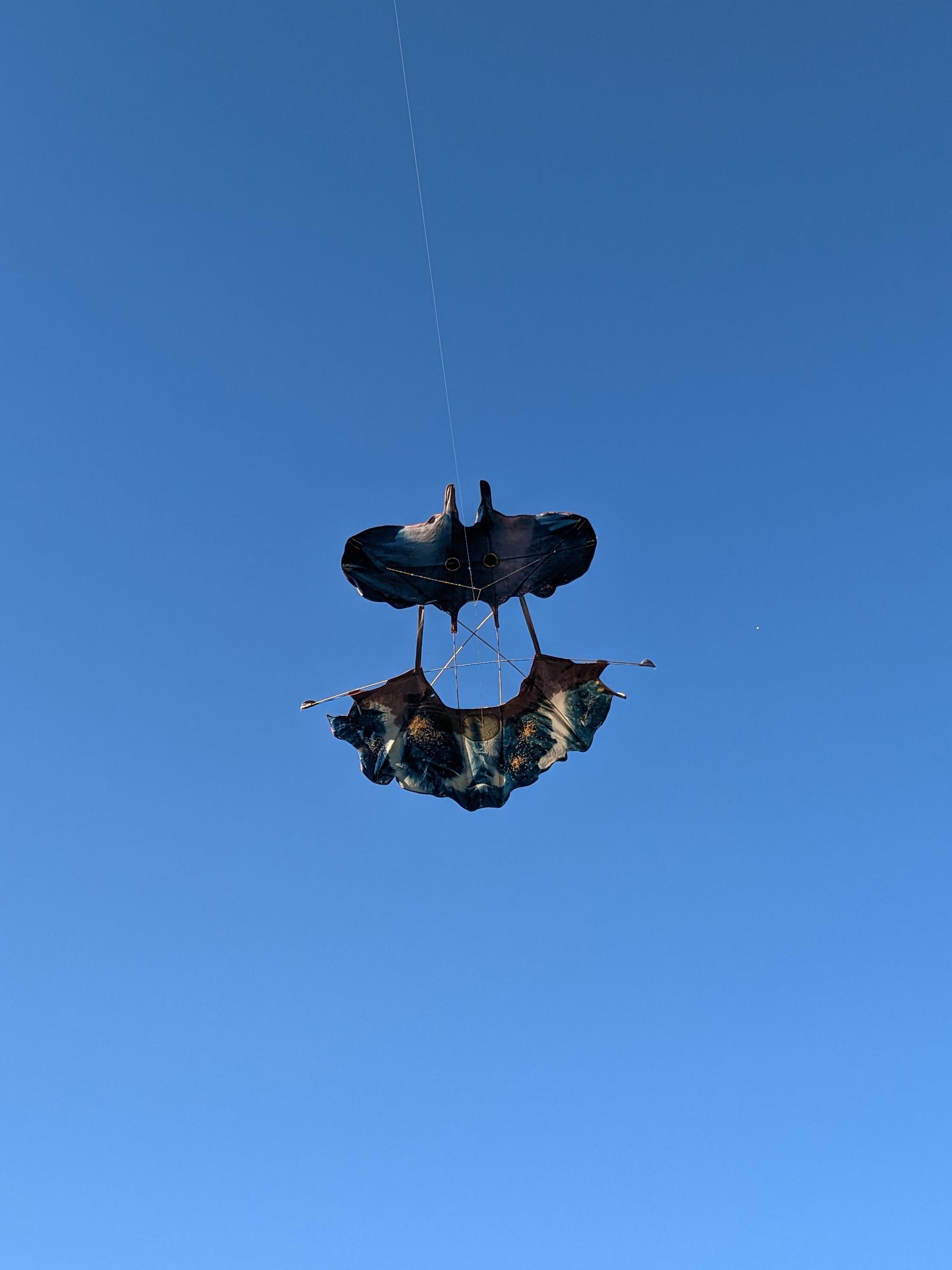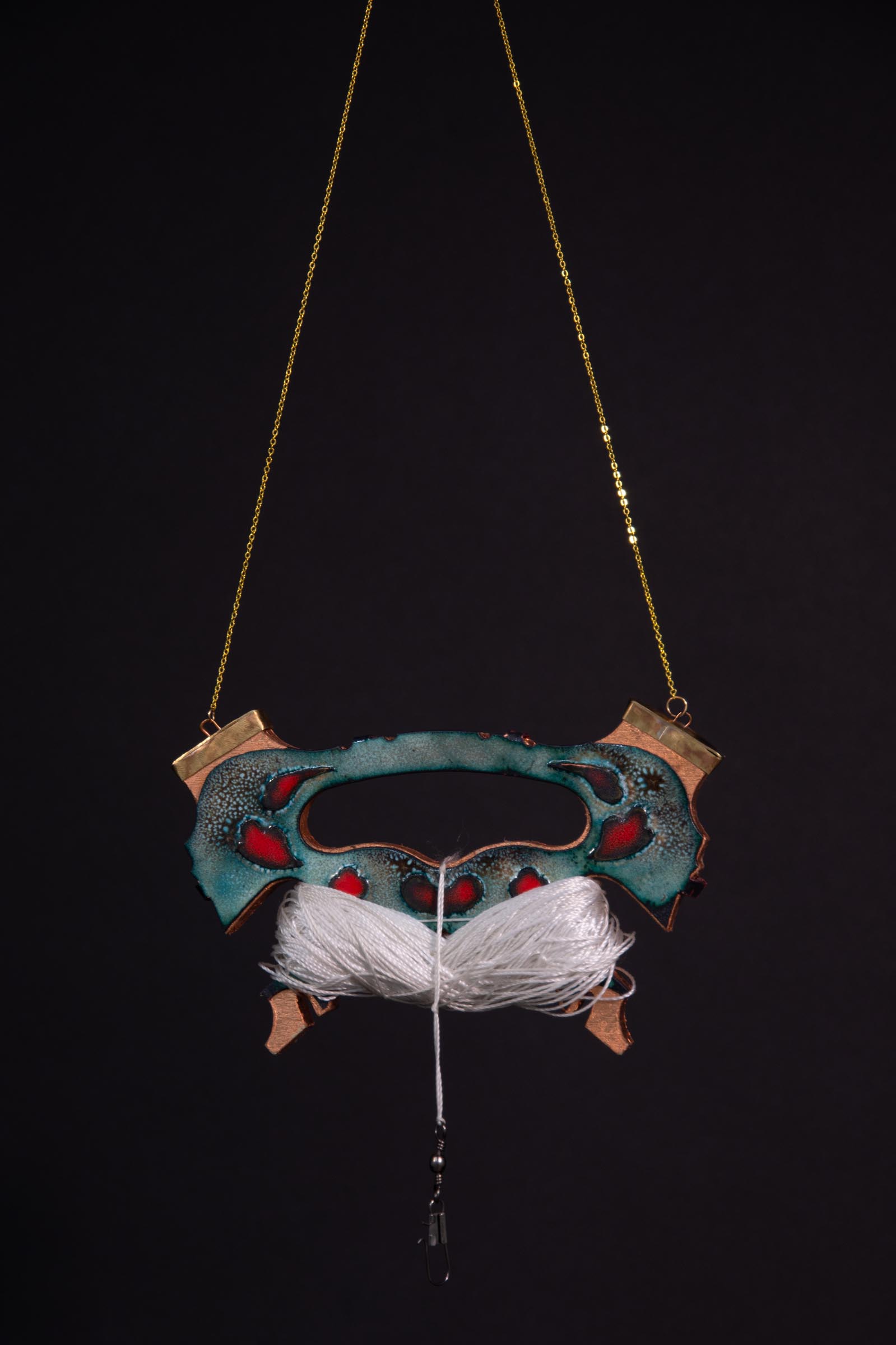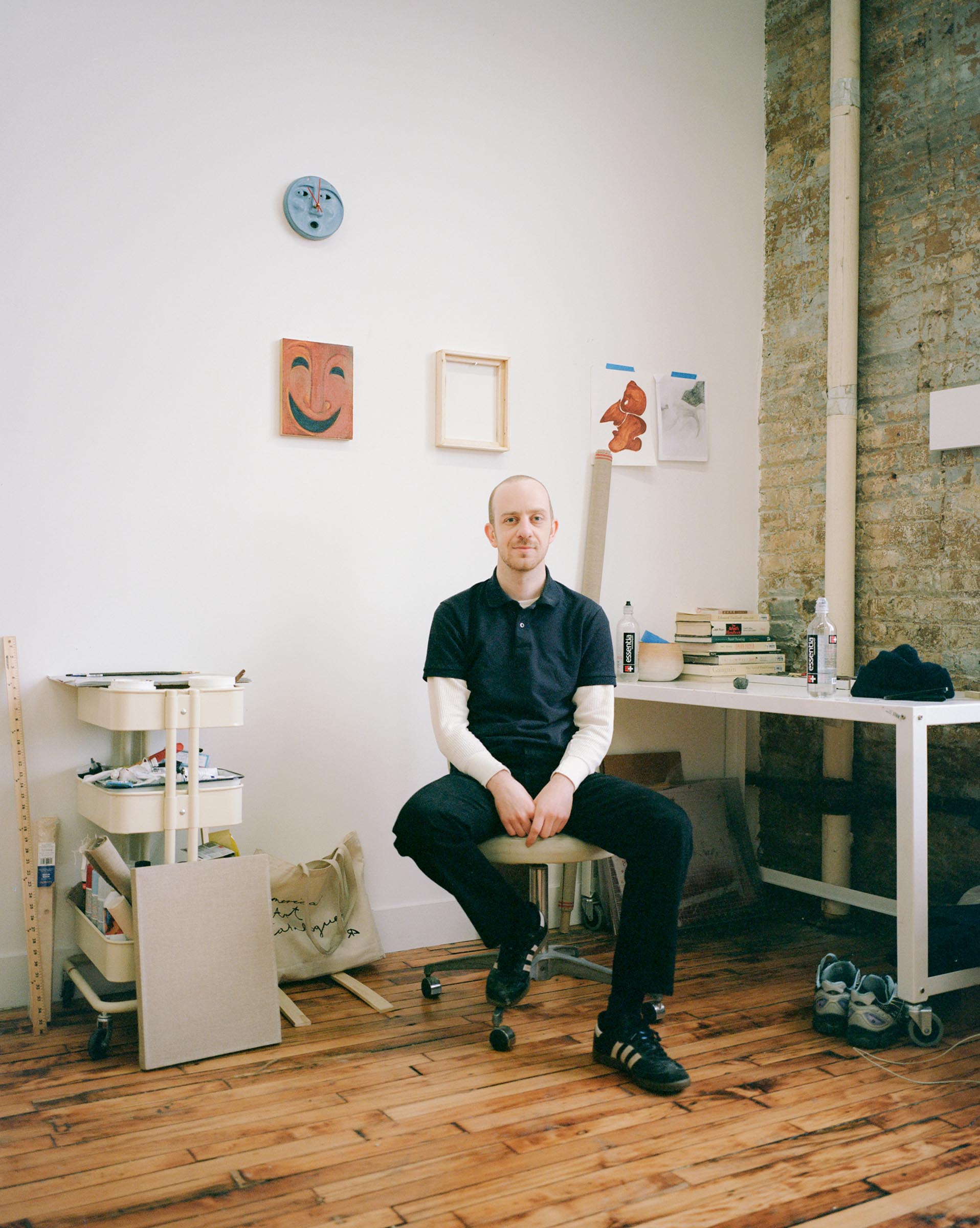How did you get into making art?
I think when I was five years old, my dad taught me how to fold an origami frog and that kind of ended up defining maybe the first 20 years of my life. I started designing my own models by middle school and high school and I learned vector drawing software to diagram them. I think by the time I was a freshman in college, I taught at my first origami convention and then shortly after that, I was invited to be in a group show at a gallery. The show was with other paper artists, not just origamists, so I feel like this was the first time I was thrust into this art world thing even though I wasn’t really sure what that meant at the time. But in a way I guess my sense of design and form might all come from folding paper as a kid.

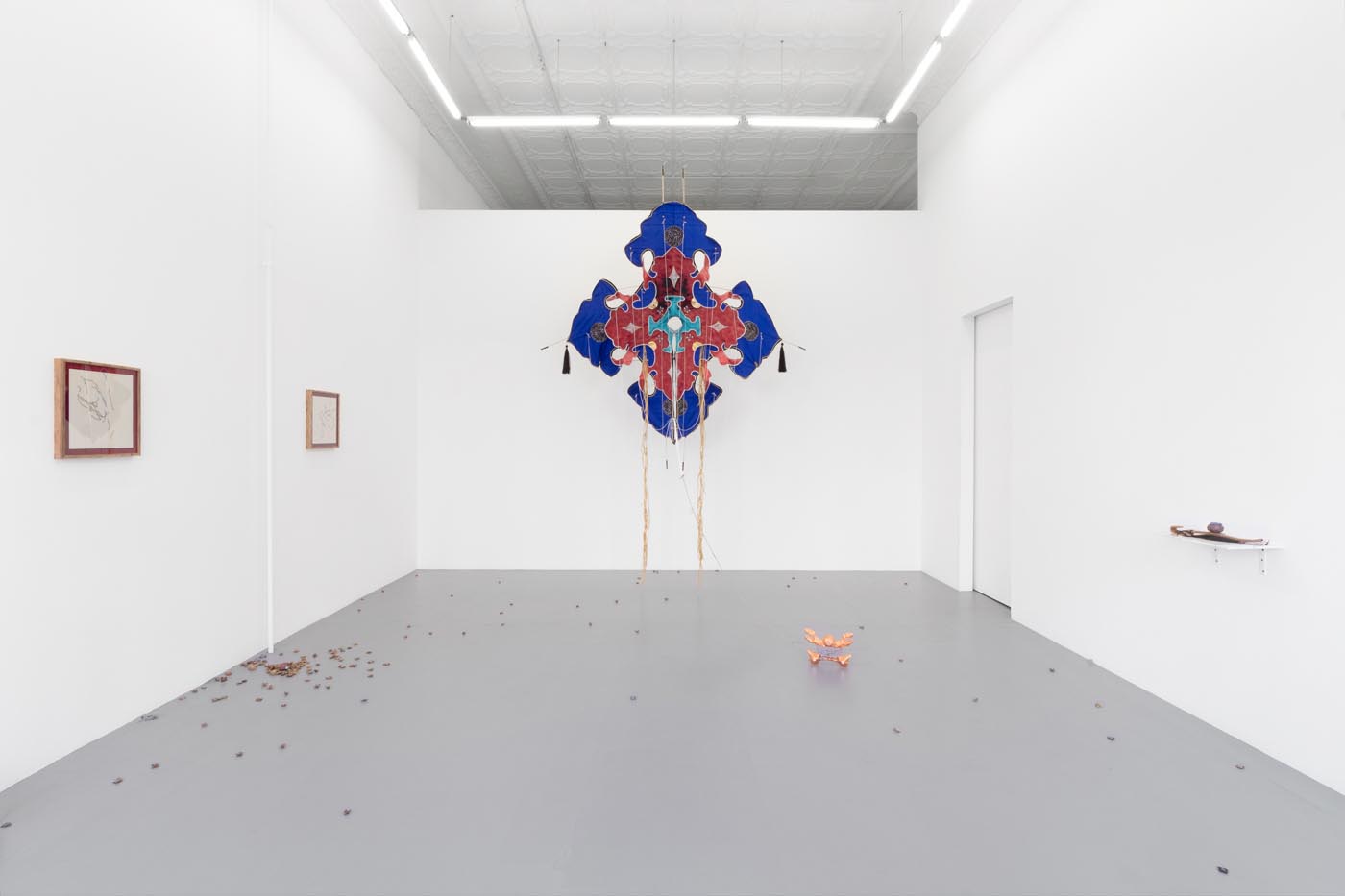
What are you currently working on?
I’m currently working towards producing an outdoor performance installation. The project is called Send Them Their Flowers and the idea is, in a way, a very straightforward gesture of wanting to send a bouquet of flowers into the sky. It’s a sky installation of kites and I’m imagining the sky dotted with these abstract flowers, stars, souls, wishes, and the image in my mind is so beautiful that I guess I’m just trying to see if I can bring that forth into reality. What that actually means at the moment is that I’m trying to develop smaller scale kite prototypes that I can then begin to maybe multiply for this project.
I see flying kites as a casting of a wish, reaching towards something you can’t quite reach, seeing a future that isn’t quite here yet.
Hai-Wen Lin
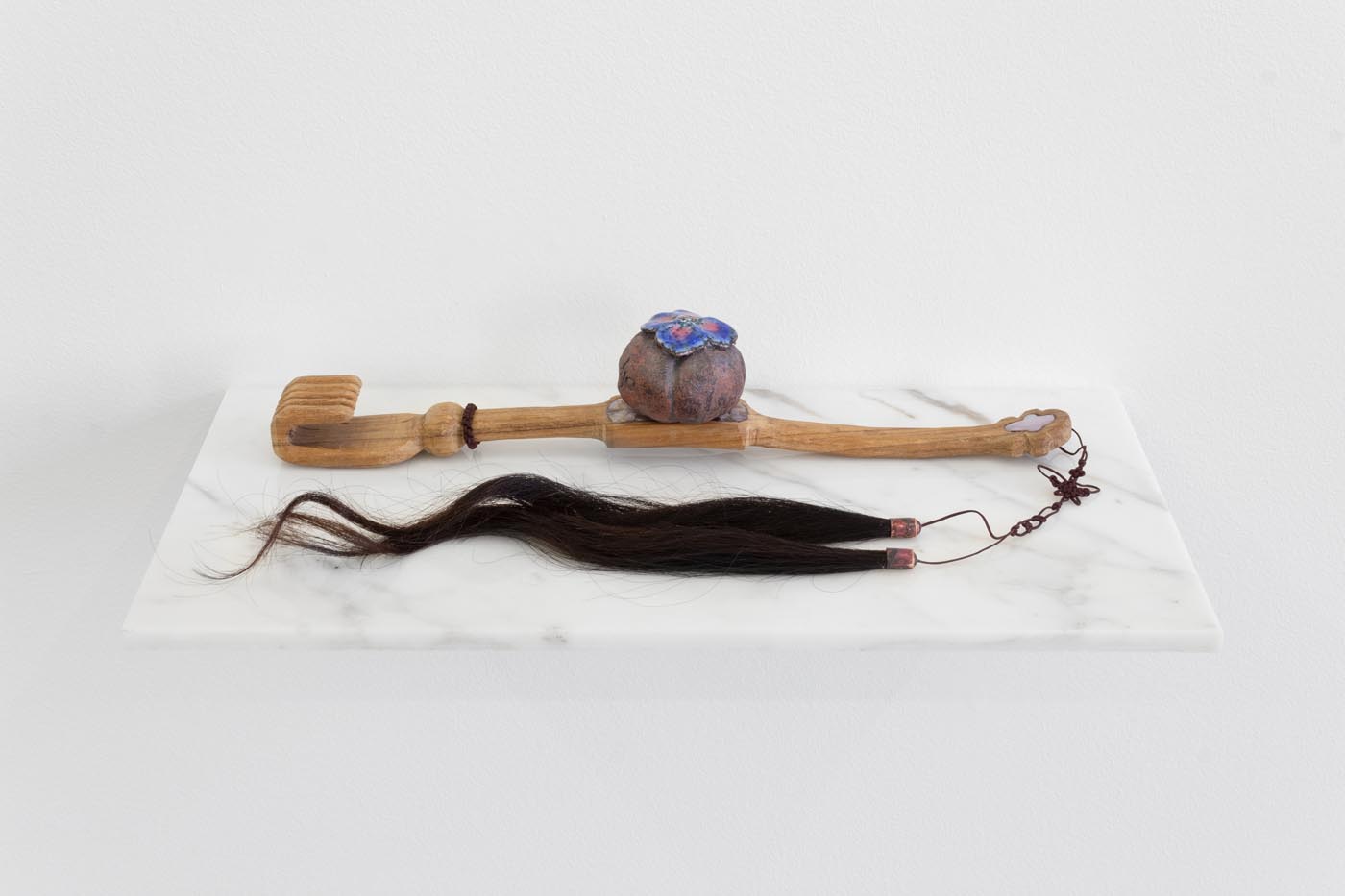
What inspired you to get started on this body of work?
This project is branching off of my other kite works which all begin with a relationship to my body and what it might mean to extend or liberate it. I see flying kites as a casting of a wish, reaching towards something you can’t quite reach, seeing a future that isn’t quite here yet. These works have been mostly solitary and this project is my attempt at seeing what it is like to think through the collective, where parts become a whole, and what it might mean for a community to wish for something together. It also feels impossible to ignore the influence of witnessing the ongoing destruction in Palestine. I’m thinking about the kids who set the world record for the most kites flown simultaneously in 2011 and all of the kids who have been killed since. I’m thinking about when the flowers will bloom again in Gaza and how I can maybe offer the tiniest moment of hope with this work.
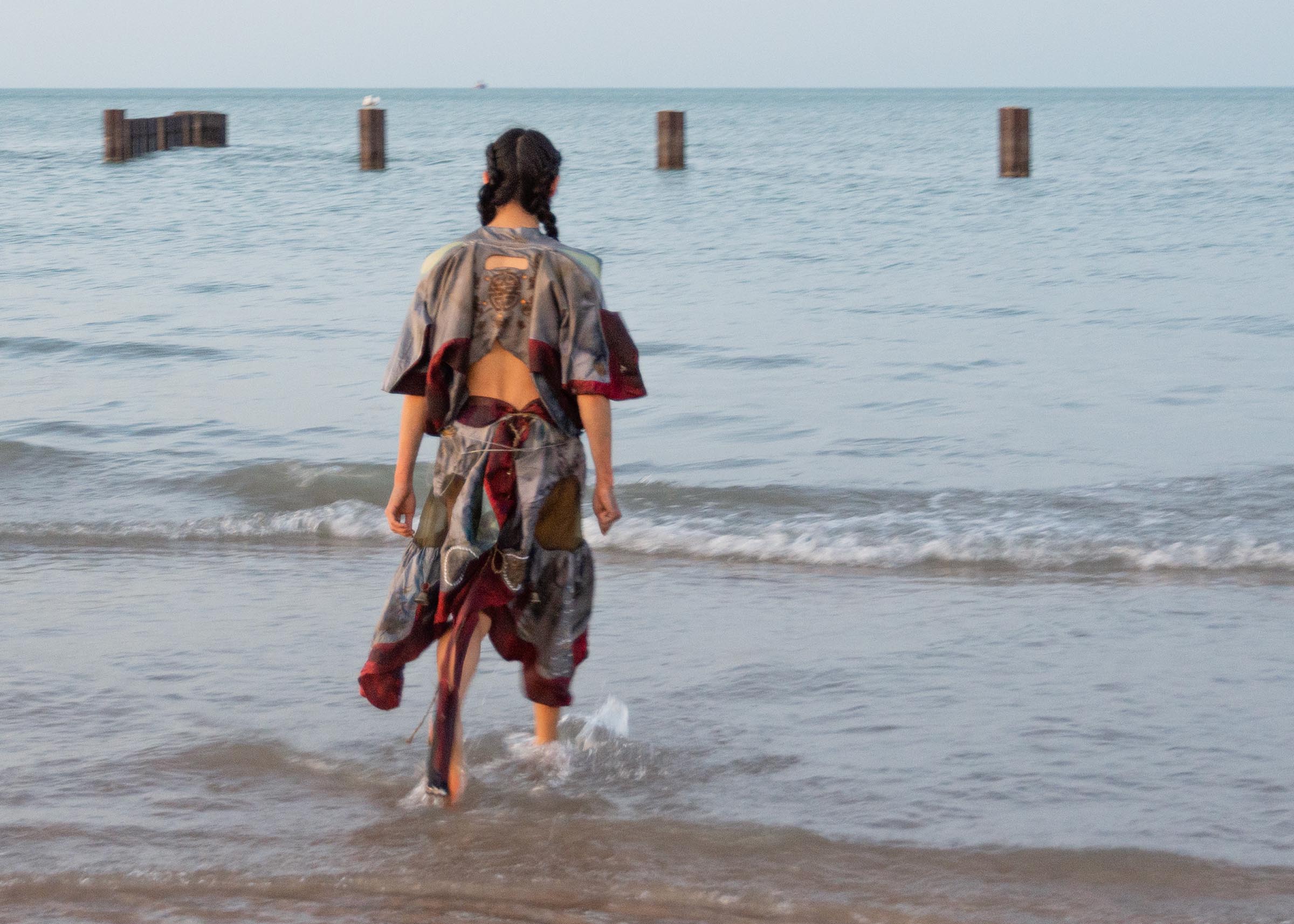
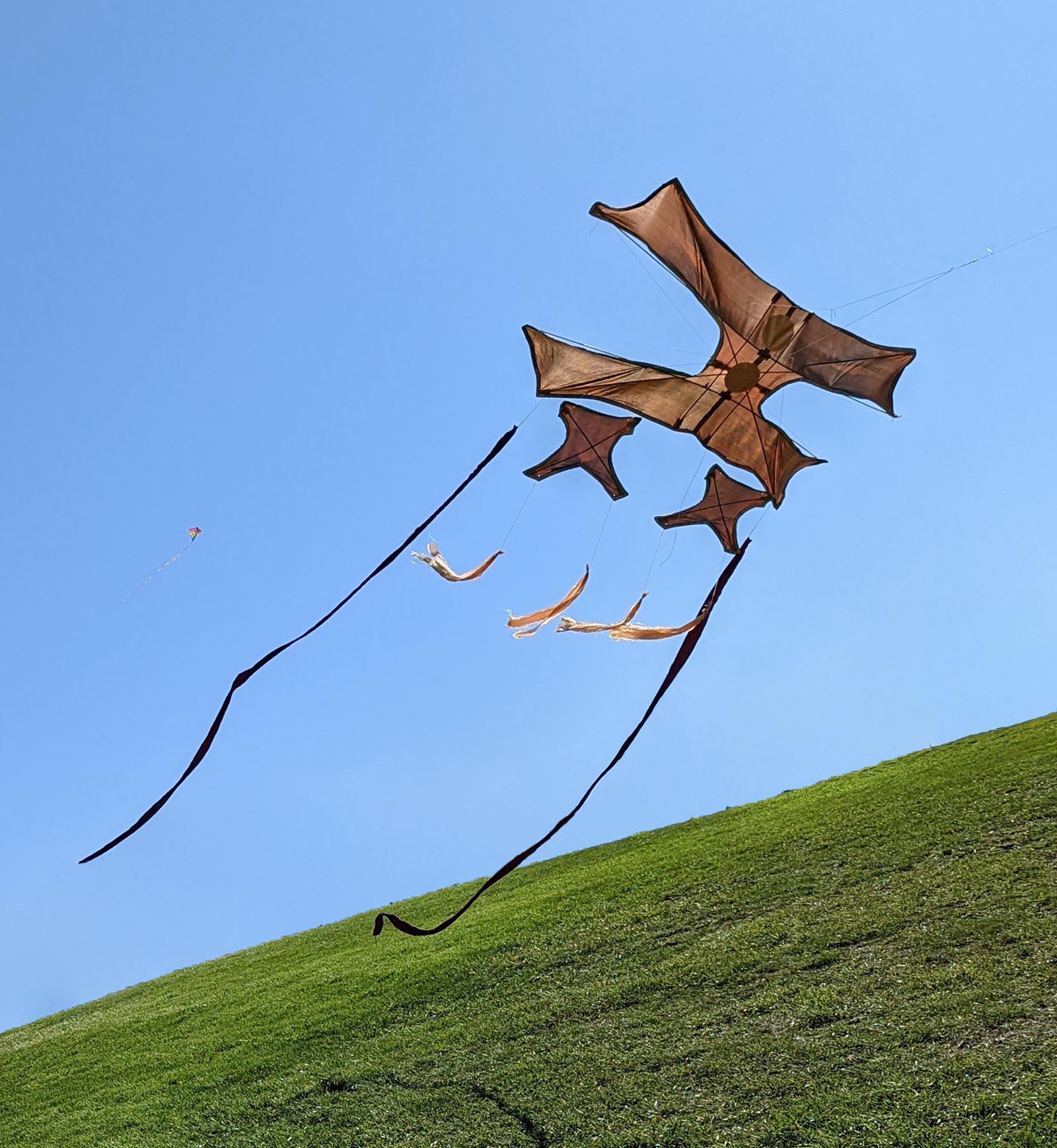
Do you work on distinct projects or do you take a broader approach to your practice?
I was just telling a friend that I was kind of envious of people that seem to work on things where they’re not quite sure where they’re going, whether or not something will be in a show or not, whether or not something is really part of a body of work. I do intentionally keep my practice open with a sense of adaptiveness where things can change, but this is typically operating within the framework of working towards a distinct project. Maybe it’s my design background, but I do enjoy conceptualizing and planning an idea and then working to fulfill different parts of it. It is maybe like writing chapters of a book where things feel more contained and complete in a way.
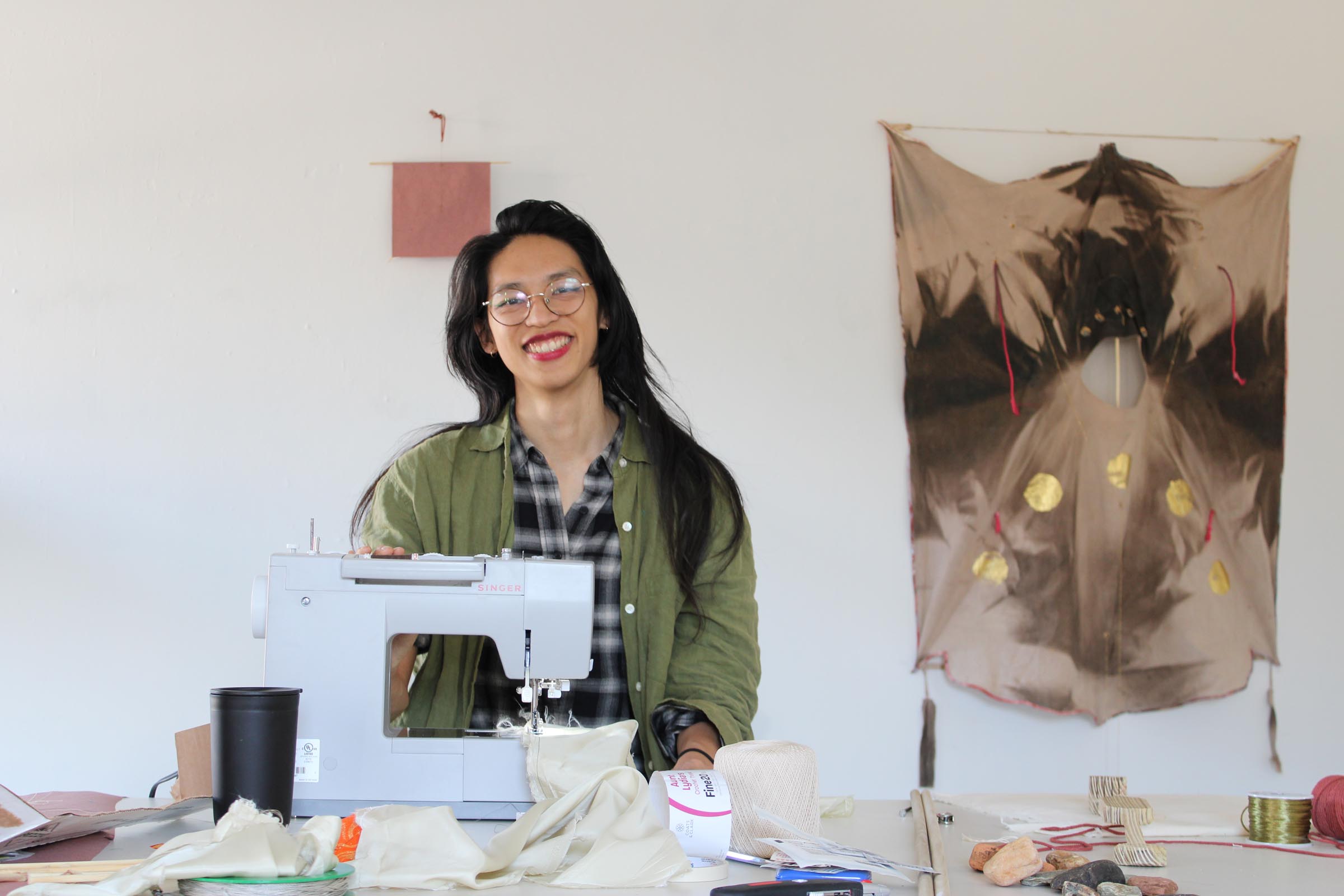
What’s a typical day like in your studio?
Maybe this is just my aspirational self speaking, but I really enjoy when I’m able to get up and work in the mornings. I love seeing sunrises when I can and working in the morning always makes a day feel like a good day. I try to make it a point to be outside at some point and sometimes the whole studio day is structured around that whether I’m test-flying a kite, exposing a cyanotype in sunlight, looking up at the sky, creating images, installations, or collecting natural material. That sense of presentness always regrounds the work. The exciting part of being an artist is also just that there isn’t always a typical.
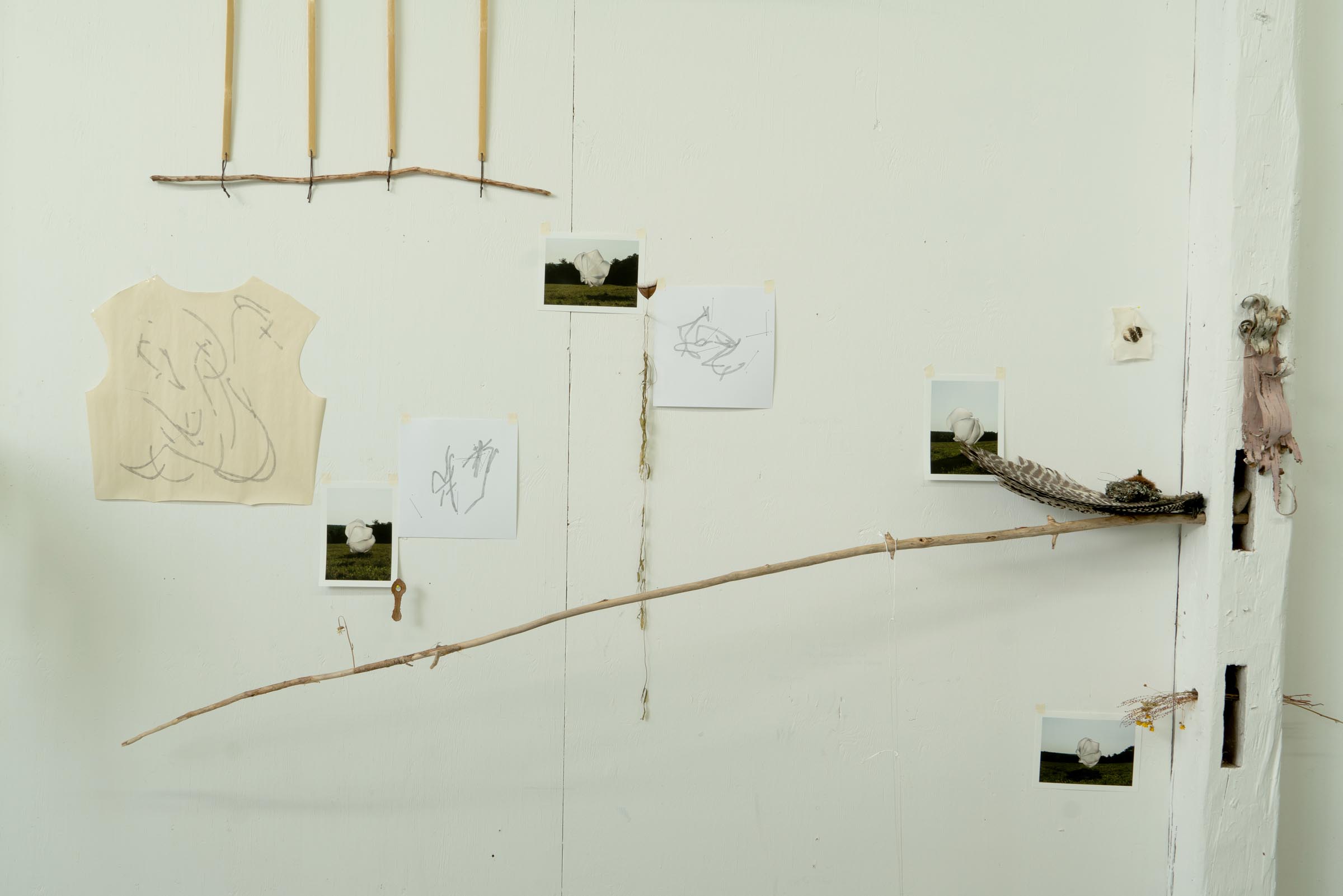
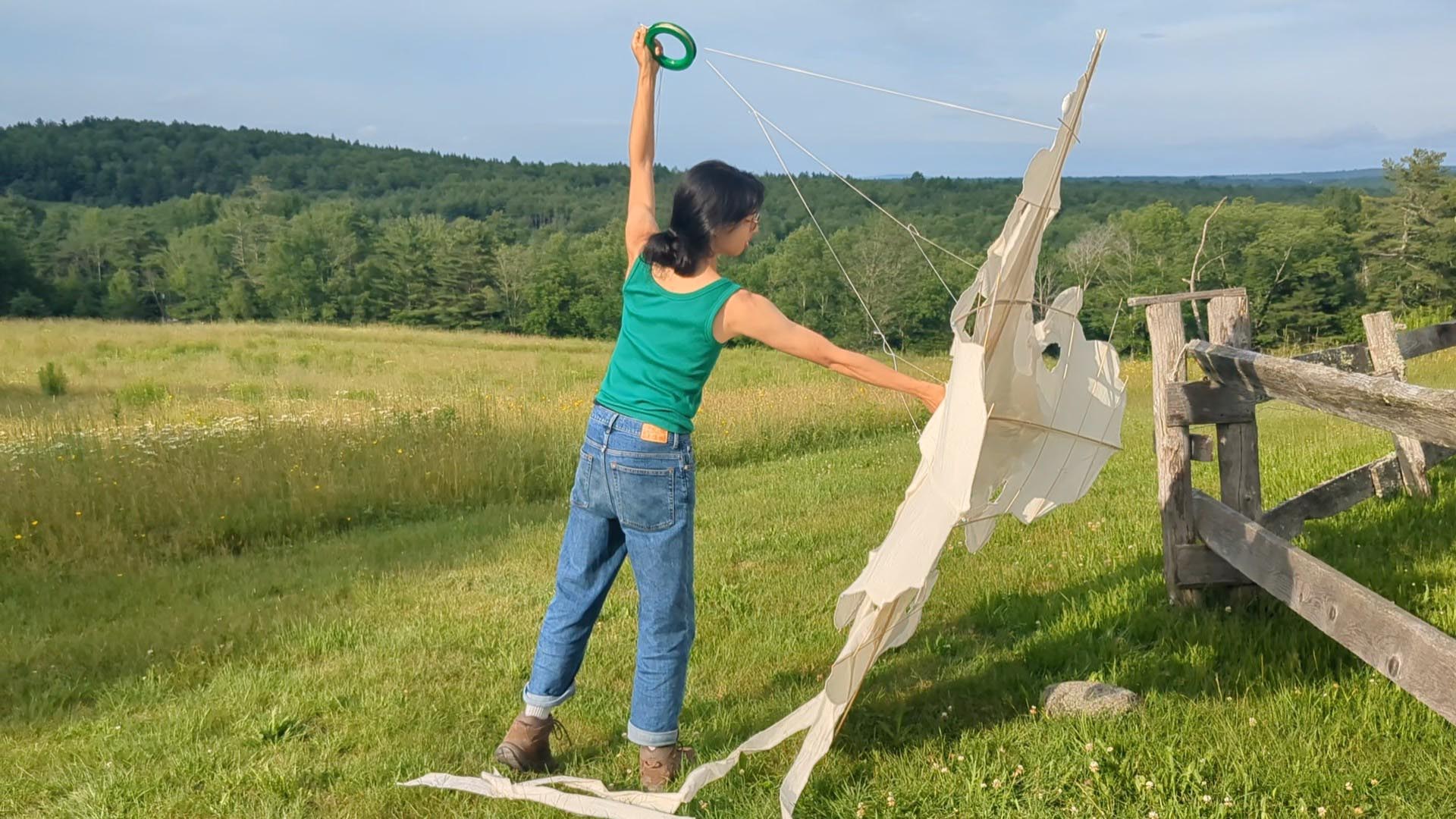
Who are your favorite artists?
I want to say that my favorite artists are my friends. There’s other maybe bigger names I could come up with, but when you think about an artist’s contemporaries or who their work is in conversation with, then my friends and the people I’ve encountered in real life are who I am in literal conversation with! I will say Constantina Zavitsanos gave a presentation of their work at a residency last summer and I still feel like I am moving with their words in my mind a lot. I had a lot of beautiful connections there and I’d like to try naming some of them here as well: Kaela Chambers, Liam Murray, Benedict Scheuer, Ivan David Ng, Ajunie Virk, Manal Shoukair, Sally Scopa, Pallavi Sen. And others like Autumn Ahn and Scott Vanderveen more recently, Vince Pham, who I am working with on this new flower project, Peixuan Ouyang, Mao Chenhui, Lily Xie . . . I could go on. These are just some people amongst a big constellation of friends I admire and have had the incredible fortune of intersecting with in my life so far.

Where do you go to discover new artists?
I feel really lucky because I have been on a string of art residencies and my way of discovering new artists has just been meeting face-to-face in these weird special manners of circumstance that really wouldn’t happen otherwise.
Learn more about the artist by visiting the following links:











